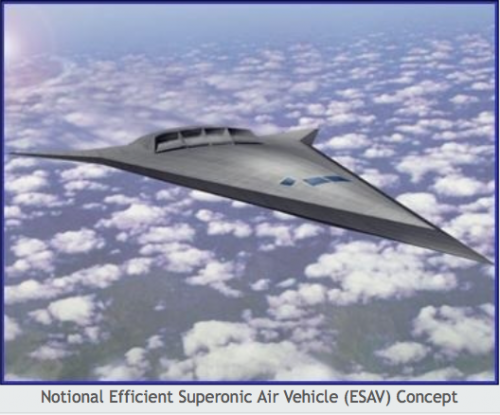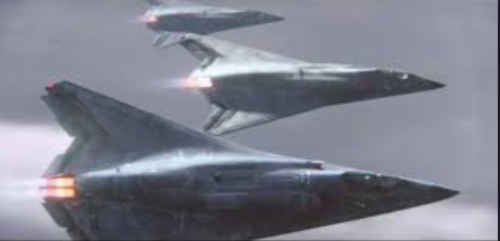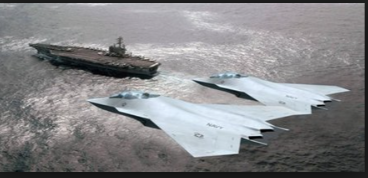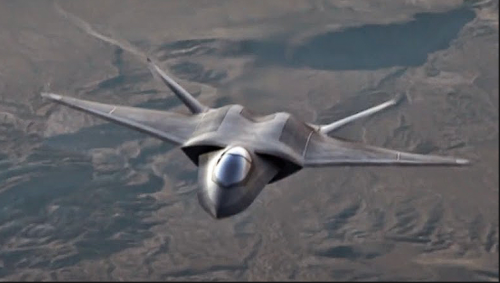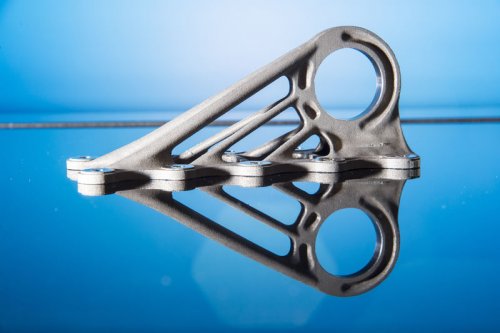DrRansom
I really should change my personal text
- Joined
- 15 December 2012
- Messages
- 672
- Reaction score
- 199
The problem with the F-35 is that is no longer the obvious future design for air fighters. The USAF may not want to double-down on F-35 production because other aircraft designs are becoming more fitted to future operating environments.
Looking at what has been said about the F-X, I think what the USAF wants is incremental system upgrades, total airframe redesign. The systems can use existing F-35 capabilities and F-135 --> Advent engine route. But the airframe will have to be changed for long range, high endurance, high payload. Any program will allow existing airframes, but I don't know if that will be a meaningful advantage as those airframes will have to be heavily redesigned to meet aerodynamic performance requirements.
jsport said:would have to agree. Incrementals are unlikely to meet the bill. Requirements need to be realistic for the Air Dominance . Stealth fighters doesn't equate to dominance of all air force projection capability.
Looking at what has been said about the F-X, I think what the USAF wants is incremental system upgrades, total airframe redesign. The systems can use existing F-35 capabilities and F-135 --> Advent engine route. But the airframe will have to be changed for long range, high endurance, high payload. Any program will allow existing airframes, but I don't know if that will be a meaningful advantage as those airframes will have to be heavily redesigned to meet aerodynamic performance requirements.

